Science Wednesday: Better Together: Wind and Solar Power in California
Wednesday, September 10th, 2008 Each week we write about the science behind environmental protection. Previous Science Wednesdays.
Each week we write about the science behind environmental protection. Previous Science Wednesdays.
About the author: Matthias Fripp is a doctoral student in the Energy and Resources Group at the University of California, Berkeley. His work is funded by an EPA Science to Achieve Results (STAR) Graduate Research Fellowship.
Before I started my studies, I thought that graduate students were free to study any topic they liked. That’s true in principle, but in practice we need to find funding for our research. Fortunately, I was granted an EPA STAR fellowship in 2006, allowing me to pursue a question I consider particularly important: how much wind and solar power should we use in the electricity system in upcoming decades?
Over the last couple of years, I’ve gathered data on the amount of power that could be produced every hour at potential wind farm sites and solar power facilities all over California. I’ve also collected information on existing power plants and transmission lines, and forecasted the cost of building new wind, solar or conventional power plants or transmission lines in the future.
Next, I built a computer model that determines which combination of new and existing power plants and transmission lines will give the least expensive electricity between 2010 and 2025, while also ensuring that the state has enough power every hour. I also use this model to see how much our power bills might change if we work seriously on reducing greenhouse gas emissions.
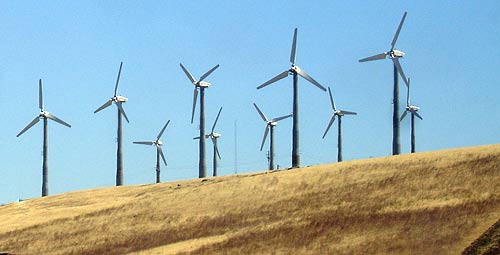 The results of this research are exciting. I found that wind and solar power are available at complementary times in California, so we can use them together to make a more reliable (and cheaper) power system than we could if we just used wind or solar alone. I also found that even if we didn’t care about greenhouse gas emissions, we should still plan to use a lot of wind power, because it is beginning to be less expensive than power from natural gas plants. Finally, I found that there is no sharp limit to the amount of renewable power we could use in California: power bills rise slowly as we build more and more renewables, but emissions could be reduced substantially with little or no extra cost.
The results of this research are exciting. I found that wind and solar power are available at complementary times in California, so we can use them together to make a more reliable (and cheaper) power system than we could if we just used wind or solar alone. I also found that even if we didn’t care about greenhouse gas emissions, we should still plan to use a lot of wind power, because it is beginning to be less expensive than power from natural gas plants. Finally, I found that there is no sharp limit to the amount of renewable power we could use in California: power bills rise slowly as we build more and more renewables, but emissions could be reduced substantially with little or no extra cost.
The EPA STAR fellowship has made a huge difference, freeing me to focus all my efforts on this work, and providing the resources to do it right.

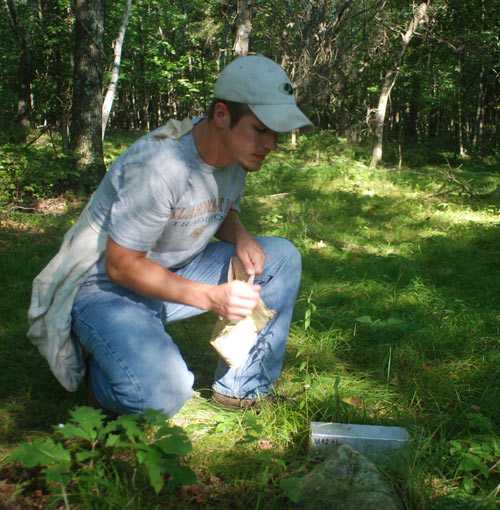
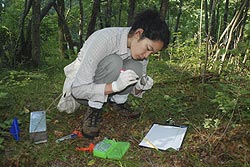
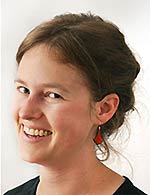 If an EPA scientist were to tell you, “we use Bayesian analysis to find the range of possible parameter values for our pharmacokinetic models”…would you know what she meant? What if you read in an EPA report that “exposure to residual oil fly ash increases airway reactivity and pulmonary eosinophils during allergic sensitization”?
If an EPA scientist were to tell you, “we use Bayesian analysis to find the range of possible parameter values for our pharmacokinetic models”…would you know what she meant? What if you read in an EPA report that “exposure to residual oil fly ash increases airway reactivity and pulmonary eosinophils during allergic sensitization”?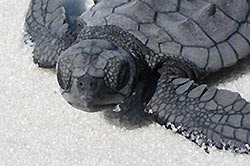 It’s a big ocean out there, little turtles! May the safety in numbers be with you.
It’s a big ocean out there, little turtles! May the safety in numbers be with you.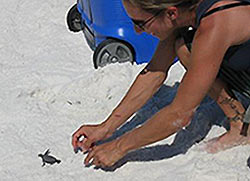 It would be awesome if spending time with sea turtles was part of my job and I could go out at night and call it “just another day at the office.” But what if the modelers of loggerheads would have said that 20 years ago, and never took the time to sit in front of their computer to play with numbers? Maybe 20 years from now some bright-eyed volunteer will be out in an estuary somewhere and marvel at the diversity of life and the health of the water. That would be awesome too. And maybe somewhere in their subconscious they’ll even thank the people who sat at a computer to help keep it that way.
It would be awesome if spending time with sea turtles was part of my job and I could go out at night and call it “just another day at the office.” But what if the modelers of loggerheads would have said that 20 years ago, and never took the time to sit in front of their computer to play with numbers? Maybe 20 years from now some bright-eyed volunteer will be out in an estuary somewhere and marvel at the diversity of life and the health of the water. That would be awesome too. And maybe somewhere in their subconscious they’ll even thank the people who sat at a computer to help keep it that way.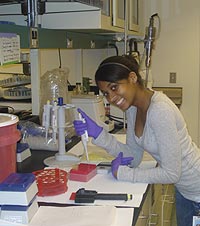 The internship provides students with hands-on research experience by immersing them in an EPA laboratory or computer project. This summer, the students learned cell culturing techniques, identifying cell DNA damage, fluorescent microscope use, analyzing filters to measure air pollution, and the application of databases in environmental research and regulations.
The internship provides students with hands-on research experience by immersing them in an EPA laboratory or computer project. This summer, the students learned cell culturing techniques, identifying cell DNA damage, fluorescent microscope use, analyzing filters to measure air pollution, and the application of databases in environmental research and regulations. While I can’t speak for other science writers, I might just have to admit that what I do is easier than creating fiction. There never seems to be a shortage of fascinating stories unfolding at labs and field sites wherever researchers or engineers are running experiments, gathering data, or building the next prototype. And I’ve got the added benefit that my personal interests—the environment and human health—dovetail perfectly with EPA’s mission.
While I can’t speak for other science writers, I might just have to admit that what I do is easier than creating fiction. There never seems to be a shortage of fascinating stories unfolding at labs and field sites wherever researchers or engineers are running experiments, gathering data, or building the next prototype. And I’ve got the added benefit that my personal interests—the environment and human health—dovetail perfectly with EPA’s mission.